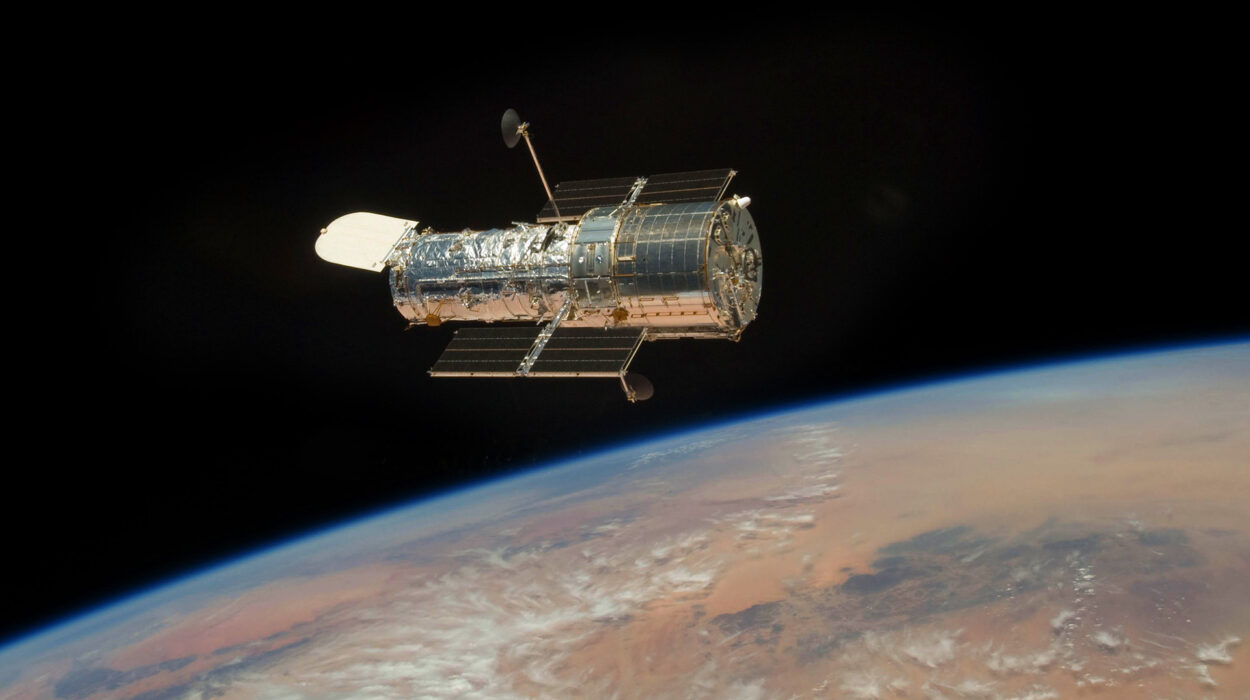You might not know the name of the Spitzer Space telescope, but if you like to see pictures of beautiful space then you almost certainly see some of the pictures. One of the great NASA observatories, four strong space-based telescopes launched in the 1990s and early 2000s, Spitzer was a pricier tool for astronomers after being launched in 2003. But in 2020 the mission was set, and the telescope disabled. This no longer collects data, and its 16-year mission is now over.
Spitzer has taught us about completely new aspects of the cosmos and brings us many more steps in understanding how the universe works, handles questions about our origins, and whether we are alone, “said Thomas Zururch, Administrator Associate of the Science Directorate of Mission, when Spitzer has retired. “This great observatory has also identified several important and new questions and teasing objects for further study, mapping the road to be followed by future investigations. The enormous impact on science will certainly survive beyond the end of his mission. “
Spitzer requires a certain type of cooling system for its instruments to operate, and liquid helium that stores two cool instruments run out in 2009. But the third instrument continues to occur in what is called the expanded mission, where the eced engineers out of many performance and data they can from Telescope to continue scientific work.
Spitzer produces some very beautiful room images because they see in infrared wavelengths, which reveal the features that will be seen in the range of visible light. This means that the telescope can peek through a dust cloud, making it a very useful tool for astronomers (via Caltech).
The infrared task will be taken over by James Webb Space Telescope, launched in December 2021. This telescope is still in the process of getting all the instruments ready for science surgery, which is expected to begin in the summer of 2022. When the telescope is ready, it will also be seen in infrared And it will produce data as a companion for the Hubble Space Telescope (which operates mainly in visible light wavelengths) along with space-based telescopes and other space-based.
That means Spitzer has a replacement, which is one reason NASA chooses to retire. But the inheritance of live telescopes in all data gathered for its age, which is still used to make scientific discovery. In recent weeks, data from Spitzer has contributed to finding the farthest galaxies to date, helping express the surprising facts about the atmosphere of exoplanet heat, and help find strange temperature fluctuations in Neptune.
The Spitzer data archive is available to the public and will continue to contribute to scientific findings.
We have a big archive waiting to be mined and the revolutionary and revolutionary revelation,” said Spitzer scientist Farisa Morales in a video commemorating Spitzer’s achievements when retiring. “Only time will tell, what is the biggest legacy of Spitzer.”

